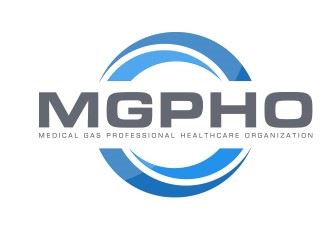NFPA 99 for the 2018 Edition
I believe for this type system the answer is, indoors only in a room.
Via the following logic path.
Step #1
5.1.1.3
Wherever the name of a specific gas service occurs, the provision shall apply only to that gas.
Step #2
Review Section 5.1.3.9 ( it clearly names a specific gas service )
5.1.3.9* Oxygen Central Supply Systems Using Concentrator(s). Any oxygen central supply system that includes one or more oxygen concentrator supply system(s) shall comply with 5.1.3.9.1 through 5.1.3.9.4.
5.1.3.9.1 Location. Oxygen central supply systems using concentrator(s) shall be located per 5.1.3.3 and as follows:
(1) Indoors in a dedicated mechanical equipment area, ventilated, and with any required utilities (e.g., electricity, drains, lighting).
(2)* In a room ventilated per 5.1.3.3.3.3.
(3) For air cooled equipment, in a room designed to maintain the ambient temperature range as recommended by the manufacturer.
(4) Rooms containing oxygen central supply systems using
concentrators(s) that do not have the concentrator purge gas vented to the outside shall be equipped with oxygen depletion monitors with alarm indicators at the entrance(s) that will indicate ambient oxygen levels in the room below 19.5 percent.
(5)* Individual elements of the oxygen central supply system using concentrator(s) shall be permitted to be located in separate rooms or enclosures as necessary to meet 5.1.3.9.1(1) through 5.1.3.9.1(4).
Step #3
In all five bullet points, the words indoors or room is listed.
Yes, their is some small mention of oxygen concentrators in 5.1.3.3.
But ever time it does, the book has you referring back to 5.1.3.9 ( see 5.1.3.9 )
To this end.
I believe for this type system the answer is, indoors only in a room.

